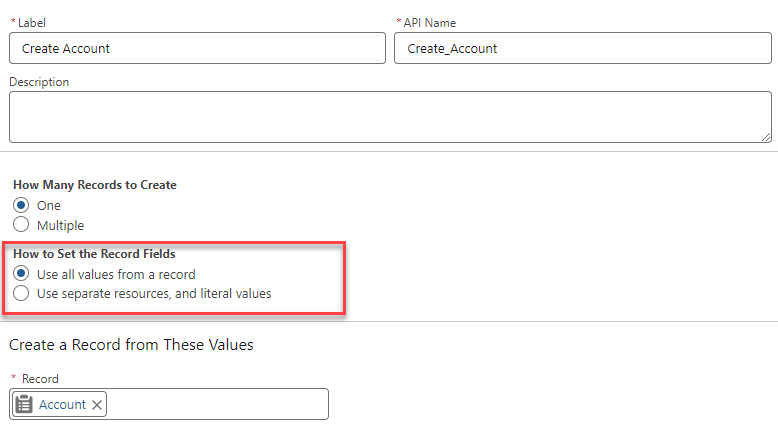Whatever you do, launch a MVP first
An earlier project with a challenging client quickly became a vast source of knowledge. Knowledge of what NOT to do. Here’s one example.
This client was challenging to work with, because they wanted everything. They didn’t believe in a MVP, so in their first release of Salesforce, they wanted
- A replacement of their existing 10 year old custom CRM (which I previously built years before using PHP)
- New functionality and processes to manage their daily operations
- An integration with an upcoming web portal, which wasn’t fully designed yet.

